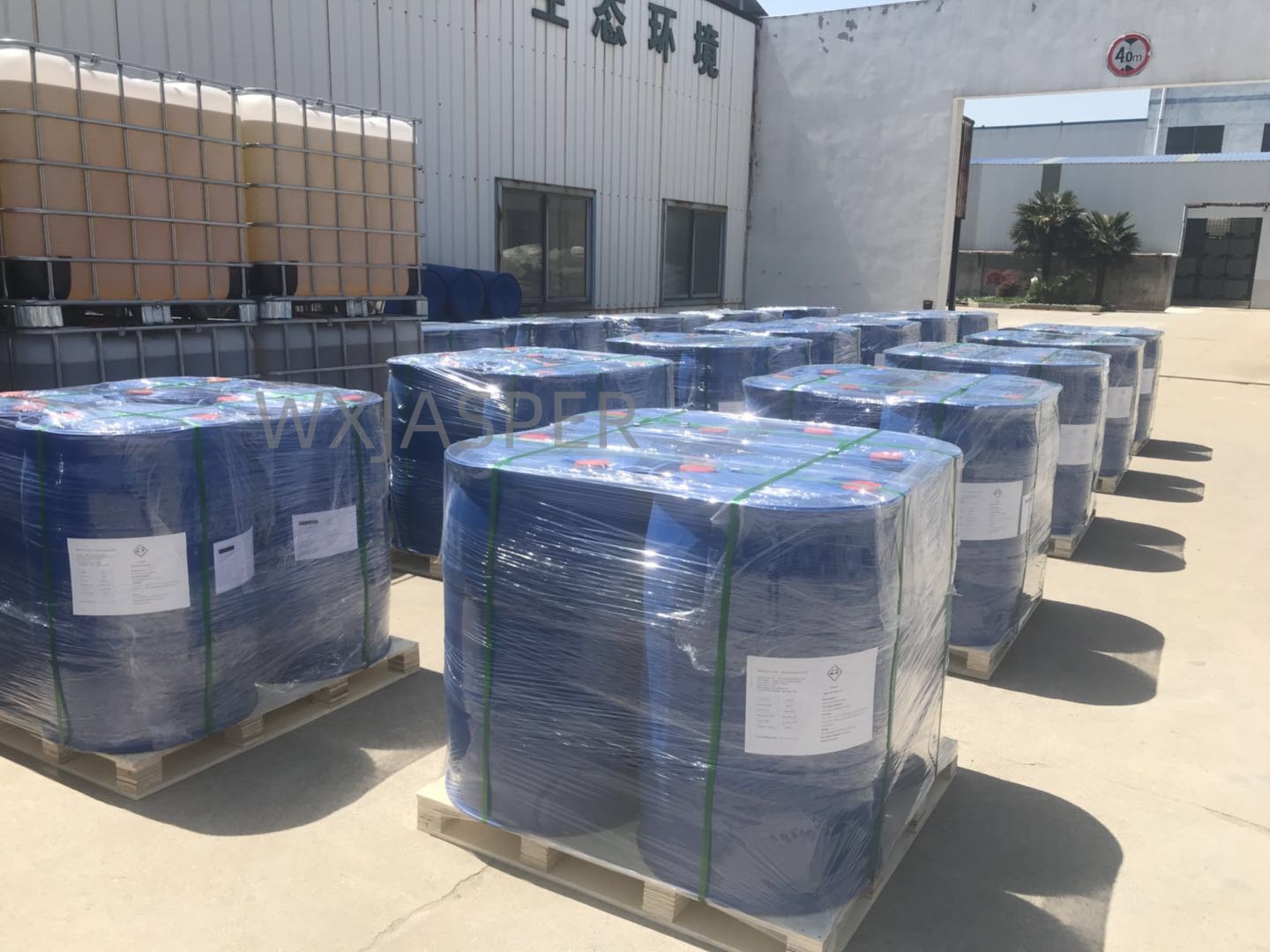Your Location:Home > Products > Solvents > N,N-Dimethylacetamide



CasNo: 127-19-5
MF: C4H9NO
Appearance: liquid
Delivery Time: 15 days
Packing: 200 kg/drum
Purity: 99%
Basic Information
|
Model NO. |
127-19-5 |
Appearance |
Liquid |
|
Color |
White |
Purity |
99% |
|
Sample |
Available |
Specification |
200kg/drum |
|
Grade Standard |
Industrial Grade |
Origin |
China |
|
Transport Package |
Drum |
|
|
Product Description
Product Name:N,N-Dimethylacetamide
CAS No: 127-19-5
Molecular formula : C4H9NO
Form: Liquid
Product Application
Solvent: Widely used in synthetic fibers (such as aramid), plastics (such as polyimide), pharmaceutical intermediates, pesticides and other fields. It is an excellent solvent for high - performance polymers.
Pharmaceutical Industry: As a solvent and reaction medium, it is used in the synthesis of cephalosporin antibiotics, hormonal drugs, etc.
Electronic Industry: Used in photoresist strippers, electronic cleaning agents, and as a solvent in the manufacturing process of lithium - ion battery electrodes.
Packaging
200Kg/drum
Storage
Store sealed in a cool and ventilated place, away from fire sources and oxidants. When storing for a long time, it is recommended to add a stabilizer to prevent oxidation and decomposition.